22 Oct Through Vehicle in Right Hand Land Collides With Left Turning Vehicle
In the case of Christensen v. Jand, 2018 BCSC 1294, the Plaintiff was travelling northbound in the centre lane. Prior to the intersection, he moved into the right lane in order to bypass vehicles turning left ahead of him. As he drove through the intersection, he collided with a southbound vehicle that was turning left. Liability for the accident was in dispute.
Section 174 of the Motor Vehicle Act, R.S.B.C. 1996, c.318 [MVA], governs yielding the right of way on left‑hand turns:
174 When a vehicle is in an intersection and its driver intends to turn left, the driver must yield the right of way to traffic approaching from the opposite direction that is in the intersection or so close as to constitute an immediate hazard, but having yielded and given a signal as required by sections 171 and 172, the driver may turn the vehicle to the left, and traffic approaching the intersection from the opposite direction must yield the right of way to the vehicle making the left turn.
The law governing passing on the right is set out in section 158 of the MVA:
158 (1) The driver of a vehicle must not cause or permit the vehicle to overtake and pass on the right of another vehicle, except
(a) when the vehicle overtaken is making a left turn or its driver has signalled his or her intention to make a left turn,
(b) when on a laned roadway there is one or more than one unobstructed lane on the side of the roadway on which the driver is permitted to drive, or
(c) on a one way street or a highway on which traffic is restricted to one direction of movement, where the roadway is free from obstructions and is of sufficient width for 2 or more lanes of moving vehicles.
(2) Despite subsection (1), a driver of a vehicle must not cause the vehicle to overtake and pass another vehicle on the right
(a) when the movement cannot be made safely, or
(b) by driving the vehicle off the roadway.
Our Court of Appeal has outlined a two-stage analysis to assess liability under s. 174 of the MVA:
- Determine whether an immediate hazard was present when the left-turning driver commenced the turn. If no immediate hazard was present, the left-turning driver becomes the dominant driver with the right of way; and
- If the through driver is found to have been the dominant driver with the right of way, determine whether the through driver was nevertheless negligent and at fault for causing or contributing to the accident.
The Court found that the Plaintiff was the dominant driver at all times and he did not cause or contribute to the accident in any way. He made a safe lane change, he was travelling within the posted speed limit, he was aware of what traffic was doing around him, and he was confronted with a vehicle that suddenly turned left in his path. He applied the brakes but was unable to stop or take any evasive action to avoid the collision. He acted as a careful and prudent driver throughout. As a result, the Defendant was found 100% at fault for the collision.


